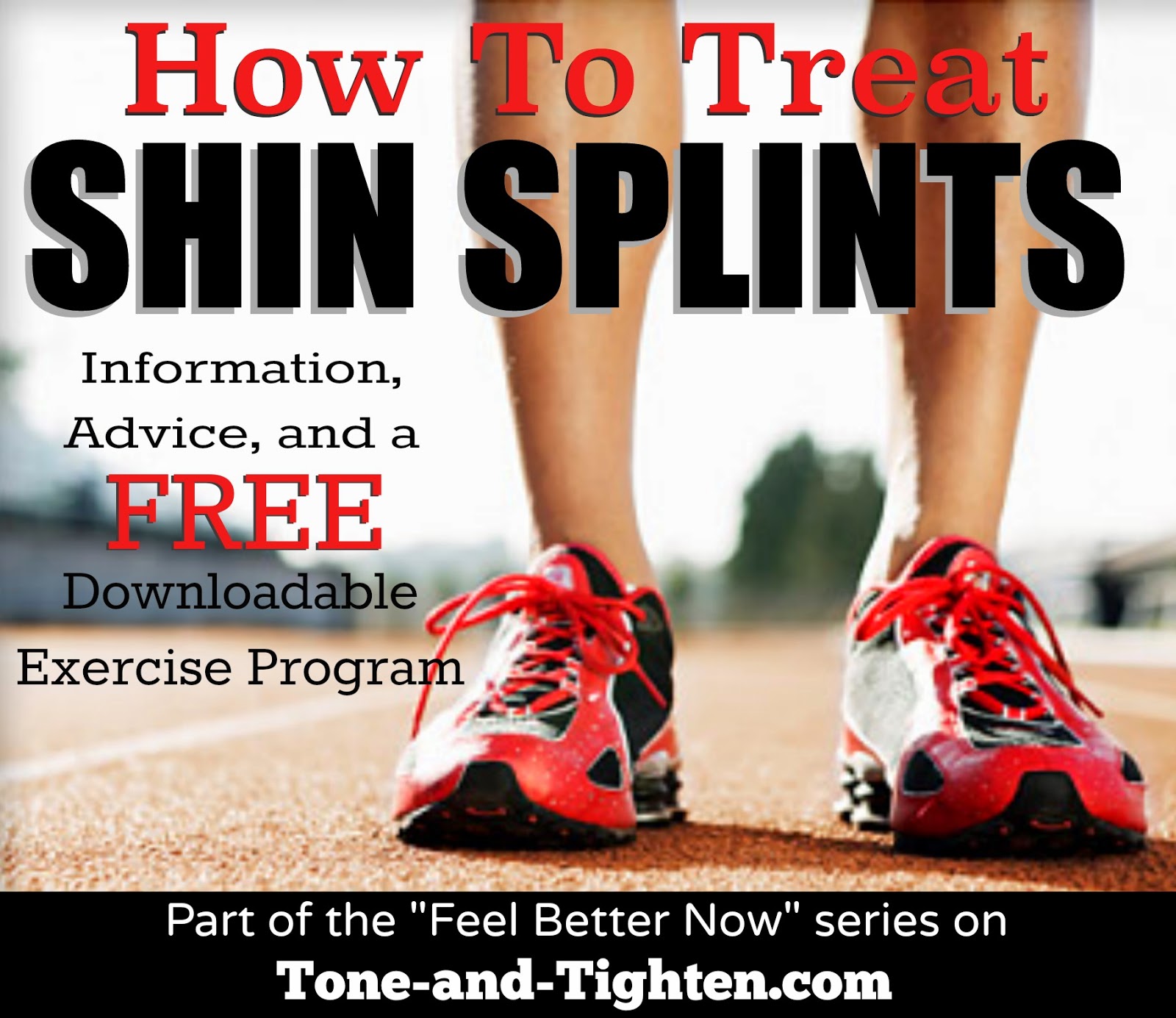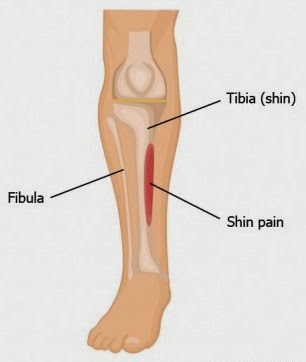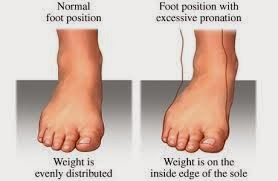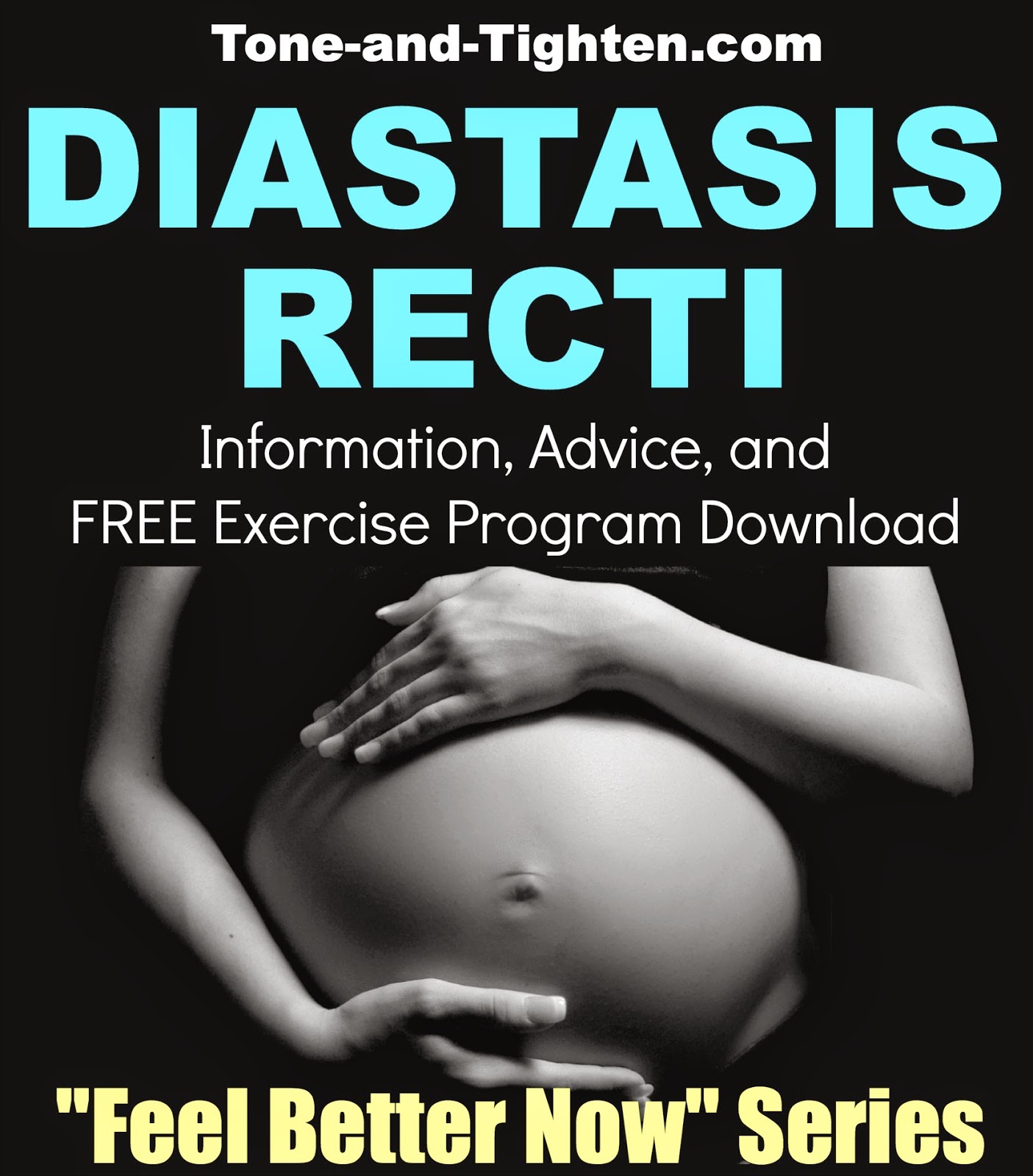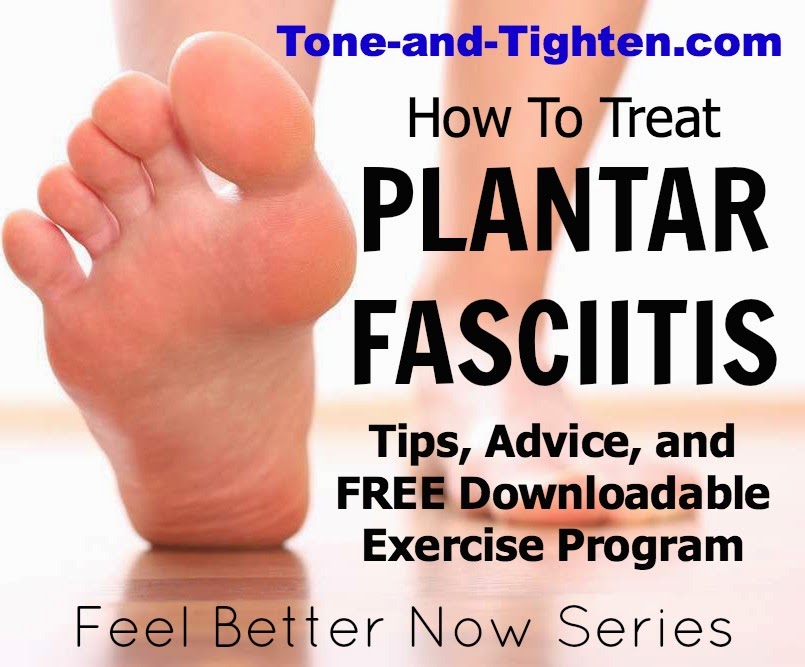knee. For the purposes of this article we’ll talk about the more common type of shin splint which is down the inner part of your leg (medial tibial stress syndrome). There is a muscle in this area that is called the posterior tibialis that is largely responsible for controlling your foot position during walking/running. Shin splints occur when this muscle is overworked and starts to develop localized tendon inflammation. Shin splints are literally a tendinitis of the posterior tibialis muscle that occurs right where it attaches to the inside part of your shin bone.
motion known as pronation – basically how much your foot “rolls” to your inside arch while you’re moving. This motion is greatly affected by arch height. If you have high arches your foot can “collapse” to the inside resulting in increased stress on the posterior tibialis. If you have low arches, this muscle is under a lot of stress, anyway, with a constant pull from this stretched out position. Either way, the posterior tibialis is overworked with trying to control your foot/ankle through movement and you start to hurt.
Disclaimer: The information presented in the “Feel Better Now” series is designed to be used for informational purposes only. The diagnoses and treatment plans outlined are extremely generalized and may or may not be the recommended interventions for your specific problem. If you are experiencing pain, you are encouraged to consult a healthcare provider to determine the best treatment plan that will be in your individual best interest. Tone and Tighten claims exemption from accident, injury, or perpetuation of any injury incurred while performing exercises found on this website. The user assumes all risk… and reward!!
Make it happen,
Jared

By Jared Beckstrand
